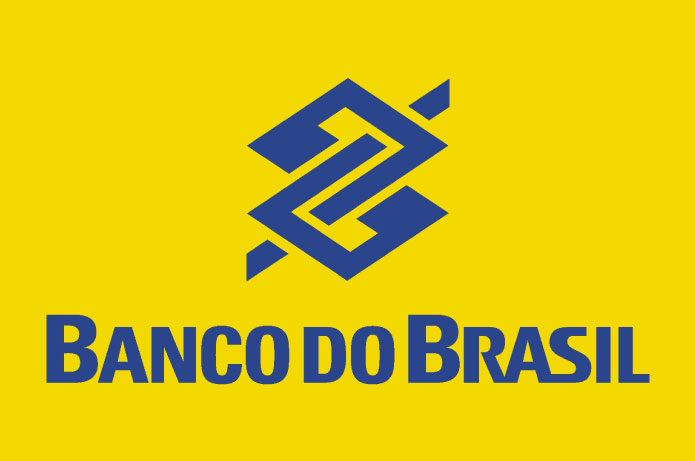Definition:
White Friday is a shopping and promotion event that takes place in several countries in the Middle East, particularly in the United Arab Emirates, Saudi Arabia, and other Gulf countries. It is considered the regional equivalent of the American Black Friday, but with a name adapted to respect local cultural sensitivities, as Friday is a sacred day in Islam.
Origin:
The concept of White Friday was introduced by Souq.com (now part of Amazon) in 2014 as an alternative to Black Friday. The name "White" was chosen for its positive connotations in many Arab cultures, where it represents purity and peace.
Main features:
1. Data: It usually occurs at the end of November, coinciding with global Black Friday.
2. Duration: Originally a one-day event, now often extended to a week or more.
3. Channels: Strong online presence, but also includes physical stores.
4. Products: A wide variety, ranging from electronics and fashion to home items and food.
5. Discounts: Significant offers, often reaching 70% or more.
6. Participants: Includes local and international retailers operating in the region.
Differences of Black Friday:
1. Name: Adapted to respect local cultural sensitivities
2. Timing: It may vary slightly from the traditional Black Friday.
3. Cultural focus: Products and promotions often adapted to local preferences.
4. Regulations: Subject to specific rules of e-commerce and promotions in the Gulf countries.
Economic impact:
White Friday has become an important sales driver in the region, with many consumers waiting for the event to make significant purchases. The event stimulates the local economy and promotes the growth of e-commerce in the area.
Trends:
1. Expansion to other countries in the Middle East and North Africa
2. Extension of the event duration to a "White Friday Week" or even a month
3. Greater integration of technologies such as AI for personalizing offers
4. Growing focus on omnichannel shopping experiences
5. Increase in service offerings, in addition to physical products
Challenges:
1. Intense competition among retailers
2. Pressure on logistics and delivery systems
3. Need to balance promotions with profitability
4. Combating fraud and deceptive practices
5. Adaptation to rapid changes in consumer preferences
Cultural impact:
White Friday has contributed to changing consumption habits in the region, encouraging online shopping and introducing the concept of large seasonal promotional events. However, it has also sparked debates about consumerism and its impact on traditional culture.
Future of White Friday:
1. Greater personalization of offerings based on consumer data
2. Integration of augmented and virtual reality in the shopping experience
3. Increasing focus on sustainability and conscious consumption practices
4. Expansion into new markets in the MENA region (Middle East and North Africa)
Conclusion:
A White Friday has emerged as a significant phenomenon in the retail landscape of the Middle East, adapting the global concept of major seasonal promotions to the cultural specifics of the region. As it continues to evolve, White Friday not only boosts sales but also shapes consumer trends and the development of e-commerce in the area.











